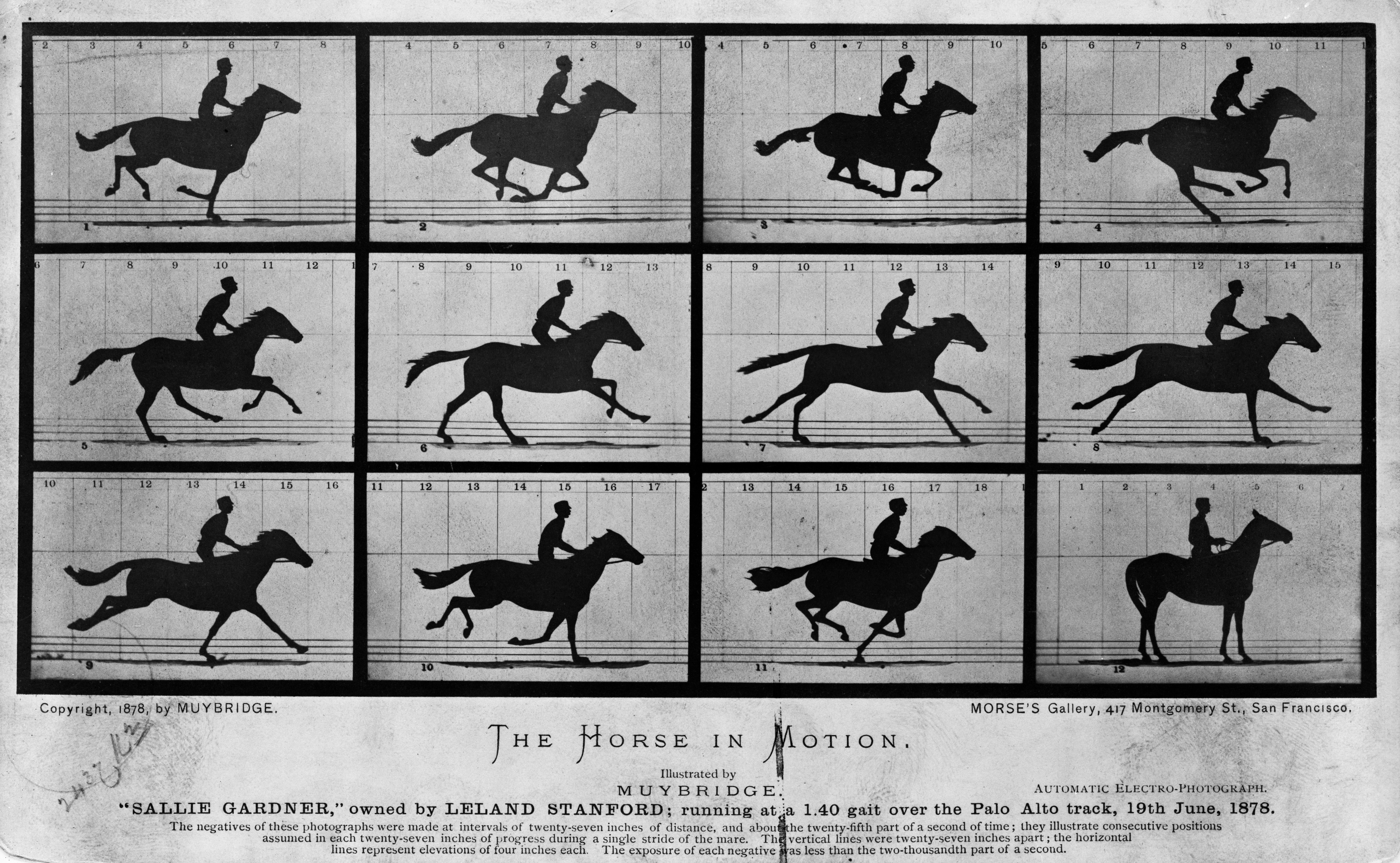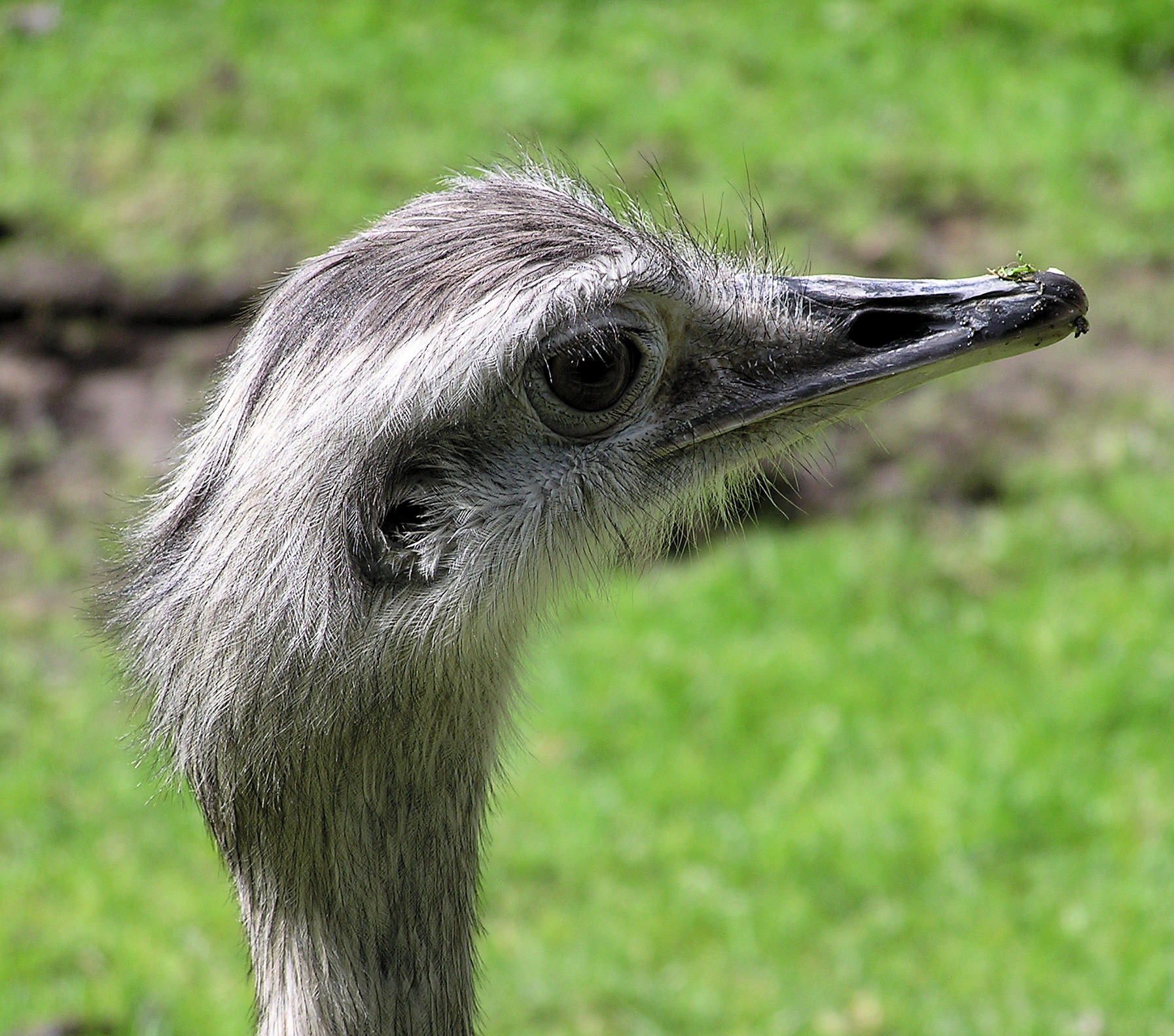|
Cursorial
A cursorial organism is one that is adapted specifically to run. An animal can be considered cursorial if it has the ability to run fast (e.g. cheetah) or if it can keep a constant speed for a long distance (high endurance). "Cursorial" is often used to categorize a certain locomotor mode, which is helpful for biologists who examine behaviors of different animals and the way they move in their environment. Cursorial adaptations can be identified by morphological characteristics (e.g. loss of lateral digits as in ungulate species), physiological characteristics, maximum speed, and how often running is used in life. There is much debate over how to define a cursorial animal specifically. The most accepted definitions include that a cursorial organism could be considered adapted to long-distance running at high speeds or has the ability to accelerate quickly over short distances. Among vertebrates, animals under 1 kg of mass are rarely considered cursorial, and cursorial behaviors ... [...More Info...] [...Related Items...] OR: [Wikipedia] [Google] [Baidu] |
Cheetah
The cheetah (''Acinonyx jubatus'') is a large cat native to Africa and central Iran. It is the fastest land animal, estimated to be capable of running at with the fastest reliably recorded speeds being , and as such has evolved specialized adaptations for speed, including a light build, long thin legs and a long tail. It typically reaches at the shoulder, and the head-and-body length is between . Adults weigh between . Its head is small and rounded, with a short snout and black tear-like facial streaks. The coat is typically tawny to creamy white or pale buff and is mostly covered with evenly spaced, solid black spots. Four subspecies are recognised. The cheetah lives in three main social groups: females and their cubs, male "coalitions", and solitary males. While females lead a nomadic life searching for prey in large home ranges, males are more sedentary and instead establish much smaller territories in areas with plentiful prey and access to females. The cheetah is acti ... [...More Info...] [...Related Items...] OR: [Wikipedia] [Google] [Baidu] |
Spider
Spiders (order Araneae) are air-breathing arthropods that have eight legs, chelicerae with fangs generally able to inject venom, and spinnerets that extrude silk. They are the largest order of arachnids and rank seventh in total species diversity among all orders of organisms. Spiders are found worldwide on every continent except for Antarctica, and have become established in nearly every land habitat. , 50,356 spider species in 132 families have been recorded by taxonomists. However, there has been debate among scientists about how families should be classified, with over 20 different classifications proposed since 1900. Anatomically, spiders (as with all arachnids) differ from other arthropods in that the usual body segments are fused into two tagmata, the cephalothorax or prosoma, and the opisthosoma, or abdomen, and joined by a small, cylindrical pedicel, however, as there is currently neither paleontological nor embryological evidence that spiders ever had a sep ... [...More Info...] [...Related Items...] OR: [Wikipedia] [Google] [Baidu] |
Prey
Predation is a biological interaction where one organism, the predator, kills and eats another organism, its prey. It is one of a family of common feeding behaviours that includes parasitism and micropredation (which usually do not kill the host) and parasitoidism (which always does, eventually). It is distinct from scavenging on dead prey, though many predators also scavenge; it overlaps with herbivory, as seed predators and destructive frugivores are predators. Predators may actively search for or pursue prey or wait for it, often concealed. When prey is detected, the predator assesses whether to attack it. This may involve ambush or pursuit predation, sometimes after stalking the prey. If the attack is successful, the predator kills the prey, removes any inedible parts like the shell or spines, and eats it. Predators are adapted and often highly specialized for hunting, with acute senses such as vision, hearing, or smell. Many predatory animals, both vertebr ... [...More Info...] [...Related Items...] OR: [Wikipedia] [Google] [Baidu] |
The Horse In Motion
''The Horse in Motion'' is a series of cabinet cards by Eadweard Muybridge, including six cards that each show a sequential series of six to twelve "automatic electro-photographs" depicting the movement of a horse. Muybridge shot the photographs in June 1878. An additional card reprinted the single image of the horse "Occident" trotting at high speed, which had previously been published by Muybridge in 1877. The series became the first example of chronophotography, an early method to photography, photographically record the passing of time, mainly used to document the different phases of locomotion for scientific study. It formed an important step in the development of Film, motion pictures for years to come. Muybridge's work was commissioned by Leland Stanford, the industrialist, former Governor of California, and horseman, who was interested in horse gait analysis. in 1882, Stanford had a book published about the project, also entitled ''The Horse in Motion'', with circa ... [...More Info...] [...Related Items...] OR: [Wikipedia] [Google] [Baidu] |
Coelurosauria
Coelurosauria (; from Greek, meaning "hollow tailed lizards") is the clade containing all theropod dinosaurs more closely related to birds than to carnosaurs. Coelurosauria is a subgroup of theropod dinosaurs that includes compsognathids, tyrannosaurs, ornithomimosaurs, and maniraptorans; Maniraptora includes birds, the only known dinosaur group alive today. Most feathered dinosaurs discovered so far have been coelurosaurs. Philip J. Currie had considered it likely and probable that all coelurosaurs were feathered. However, several skin impressions found for some members of this group show pebbly, scaly skin, indicating that feathers did not completely replace scales in all taxa. In the past, Coelurosauria was used to refer to all small theropods, but this classification has since been abolished. Anatomy Bodyplan The studying of anatomical traits in coelurosaurs indicates that the last common ancestor had evolved the ability to eat and digest plant matter, adapting to an ... [...More Info...] [...Related Items...] OR: [Wikipedia] [Google] [Baidu] |
Long-distance Running
Long-distance running, or endurance running, is a form of continuous running over distances of at least . Physiologically, it is largely aerobic in nature and requires stamina as well as mental strength. Within endurance running comes two different types of respiration. The more prominent side that runners experience more frequently is aerobic respiration. This occurs when oxygen is present, and the body is able to utilize oxygen to help generate energy and muscle activity. On the other side, anaerobic respiration occurs when the body is deprived of oxygen, and this is common towards the final stretch of races when there is a drive to speed up to a greater intensity. Overall, both types of respiration are used by endurance runners quite often, but are very different from each other. Among mammals, humans are well adapted for running significant distances, and particularly so among primates. The capacity for endurance running is also found in migratory ungulates and a l ... [...More Info...] [...Related Items...] OR: [Wikipedia] [Google] [Baidu] |
Ostrich
Ostriches are large flightless birds of the genus ''Struthio'' in the order Struthioniformes, part of the infra-class Palaeognathae, a diverse group of flightless birds also known as ratites that includes the emus, rheas, and kiwis. There are two living species of ostrich: the common ostrich, native to large areas of sub-Saharan Africa and the Somali ostrich, native to the Horn of Africa. The common ostrich was also historically native to the Arabian Peninsula, and ostriches were present across Asia as far east as Mongolia during the Late Pleistocene and possibly into the Holocene. They lay the largest eggs of any living land animal. With the ability to run at 70 km/h (43.5 mph), they are the fastest birds on land. They are farmed worldwide, particularly for their feathers as they are used as decoration and feather dusters. Their skin is also used for leather products. They are the heaviest living birds. Taxonomic history The genus ''Struthio'' was first desc ... [...More Info...] [...Related Items...] OR: [Wikipedia] [Google] [Baidu] |
Greater Rhea
The greater rhea (''Rhea americana'') is a species of flightless bird native to eastern South America. Other names for the greater rhea include the grey, common, or American rhea; ema (Portuguese); or ñandú ( Guaraní and Spanish). One of two species in the genus '' Rhea'', in the family Rheidae, the greater rhea is native to Brazil, Bolivia, Argentina, Paraguay and Uruguay. It inhabits a variety of open areas, such as grasslands, savanna or grassy wetlands. Weighing , the greater rhea is the largest bird in South America and the largest native, extant bird anywhere in the Americas. In the wild, the greater rhea has a life expectancy of 10.5 years. It is also notable for its reproductive habits, and for the fact that a population has established itself in Northern Germany in recent years. The species is listed as Near Threatened by the IUCN. Taxonomy and systematics The greater rhea derives its scientific name from Rhea, a Greek goddess, and the Latinized form of Ameri ... [...More Info...] [...Related Items...] OR: [Wikipedia] [Google] [Baidu] |
Theropoda
Theropoda (; ), whose members are known as theropods, is a dinosaur clade that is characterized by hollow bones and three toes and claws on each limb. Theropods are generally classed as a group of saurischian dinosaurs. They were ancestrally carnivorous, although a number of theropod groups evolved to become herbivores and omnivores. Theropods first appeared during the Carnian age of the late Triassic period 231.4 million years ago ( Ma) and included all the large terrestrial carnivores from the Early Jurassic until at least the close of the Cretaceous, about 66 Ma. In the Jurassic, birds evolved from small specialized coelurosaurian theropods, and are today represented by about 10,500 living species. Biology Diet and teeth Theropods exhibit a wide range of diets, from insectivores to herbivores and carnivores. Strict carnivory has always been considered the ancestral diet for theropods as a group, and a wider variety of diets was historically considered ... [...More Info...] [...Related Items...] OR: [Wikipedia] [Google] [Baidu] |
Ungulates
Ungulates ( ) are members of the diverse clade Ungulata which primarily consists of large mammals with hooves. These include odd-toed ungulates such as horses, rhinoceroses, and tapirs; and even-toed ungulates such as cattle, pigs, giraffes, camels, sheep, deer, and hippopotamuses. Cetaceans such as whales, dolphins, and porpoises are also classified as even-toed ungulates, although they do not have hooves. Most terrestrial ungulates use the hoofed tips of their toes to support their body weight while standing or moving. The term means, roughly, "being hoofed" or "hoofed animal". As a descriptive term, "ungulate" normally excludes cetaceans as they do not possess most of the typical morphological characteristics of other ungulates, but recent discoveries indicate that they were also descended from early artiodactyls. Ungulates are typically herbivorous and many employ specialized gut bacteria to allow them to digest cellulose. Some modern species, such as pigs, are omnivorous ... [...More Info...] [...Related Items...] OR: [Wikipedia] [Google] [Baidu] |
Wolverines
The wolverine (), (''Gulo gulo''; ''Gulo'' is Latin for " glutton"), also referred to as the glutton, carcajou, or quickhatch (from East Cree, ''kwiihkwahaacheew''), is the largest land-dwelling species of the family Mustelidae. It is a muscular carnivore and a solitary animal. The wolverine has a reputation for ferocity and strength out of proportion to its size, with the documented ability to kill prey many times larger than itself. The wolverine is found primarily in remote reaches of the Northern boreal forests and subarctic and alpine tundra of the Northern Hemisphere, with the greatest numbers in Northern Canada, the U.S. state of Alaska, the mainland Nordic countries of Europe, and throughout western Russia and Siberia. Its population has steadily declined since the 19th century owing to trapping, range reduction and habitat fragmentation. The wolverine is now essentially absent from the southern end of its range in both Europe and North America. Taxonomy Genetic evid ... [...More Info...] [...Related Items...] OR: [Wikipedia] [Google] [Baidu] |
Wolves
The wolf (''Canis lupus''; : wolves), also known as the gray wolf or grey wolf, is a large canine native to Eurasia and North America. More than thirty subspecies of ''Canis lupus'' have been recognized, and gray wolves, as popularly understood, comprise wild subspecies. The wolf is the largest extant member of the family Canidae. It is also distinguished from other '' Canis'' species by its less pointed ears and muzzle, as well as a shorter torso and a longer tail. The wolf is nonetheless related closely enough to smaller ''Canis'' species, such as the coyote and the golden jackal, to produce fertile hybrids with them. The banded fur of a wolf is usually mottled white, brown, gray, and black, although subspecies in the arctic region may be nearly all white. Of all members of the genus ''Canis'', the wolf is most specialized for cooperative game hunting as demonstrated by its physical adaptations to tackling large prey, its more social nature, and its highly adva ... [...More Info...] [...Related Items...] OR: [Wikipedia] [Google] [Baidu] |


_with_its_prey.jpg)







.png)